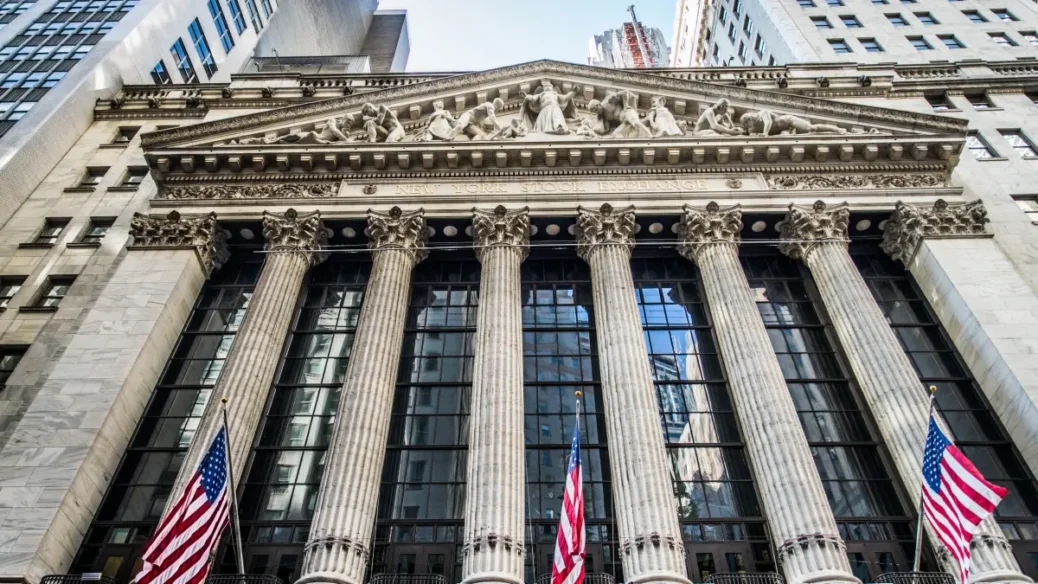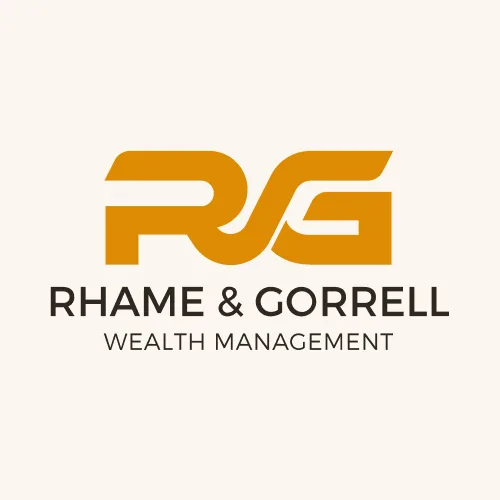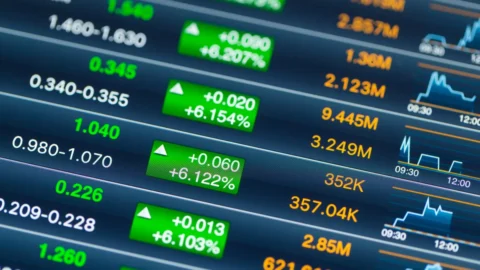RGWM Market Thoughts – October 23, 2018
Last week the markets saw more of the same level of volatility that has been the hallmark of this drawdown. The recent market selloff has been jarring to investors not only because of the nominal drop in their YTD returns, but because it seemingly materialized out of nowhere. On October 3rd, investors were sitting in portfolios at or near market highs and generally feeling positive going into 2019, given the consensus views on earnings growth and the US economic picture. Since then, the market has dropped 7.5% and volatility has spiked. But has anything really changed – other than investor nervousness?
We discussed in our last note that some of the biggest damage has been in sectors and stocks that have been considered market leaders. Indeed, there has been a recent market shift toward more defensive positioning and away from momentum and growth names, but that alone does not explain the magnitude of the drawdown we are seeing. But hindsight is 20/20 and if you watch TV news and read “market expert” commentaries, the answers as to what is causing the market movement are simple.
The most often mentioned culprit is the rise in interest rates, that has caused asset allocators to move more money away from risk assets. Perhaps it is the fear of overly aggressive tightening by the Fed which could choke off the economic expansion. It could be inflation concerns or lofty market valuations. Perhaps it is the escalating trade war with China that threatens to derail the US economic engine.
In fact, the reality is that there is no explanation.
The reality is that none of the above are new developments and none would be considered new news to any seasoned investor. To pin the blame on any of the above for the recent drawdown would be ludicrous. It would be comforting for investors to be able to identify the reason behind the market move, but that is not how markets work. The reality is more sobering – this is normal market behavior.
People in general like order over chaos – those with investments in the market even more so. The past ten years in the U.S. markets have been some of the best in history. Since the market low of 2009, the S&P has more than tripled and volatility over the last few years has been extremely low compared to historical norms. Investors have gotten used to that calm. However, to put recent events in context, this period of volatility is not uncommon. Over the past 5 years the S&P Volatility Index (VIX) has been above the current level approximately 15 times. The average market decline during those periods was 5.7% – as of this writing the markets are down about 7%. This current period, while unpleasant to live through, does not seem all that momentous when viewed in the larger historical context. What is somewhat abnormal is the speed in which this market move has taken place. The average length of time for previous declines was approximately 22 trading days – we have seen this decline occur in roughly half that time.
As we have said before, nobody likes to lose money. However, the recent decline has merely brought the market back to levels seen in June of this year. We would argue that the same factors cited above were concerns in June as well. This is not to say that these risks are not important to the market’s overall health and performance. We are not blind to the fact that the market is a voting machine and the prices ultimately reflect reality at any given moment. Our first focus is capital preservation, and our risk management process places that above every other investment factor.
However, in our view, the overall level of risk has not materially increased since June, and while there have been some changes in individual risk categories – bond/stock correlation comes to mind – the overall risk profile of the market is not materially different now than in June. Our philosophy is based on the identification of risk rather than return to guide our investment decisions and based upon those measures this market action is not raising any red flags yet.
As always, please do not hesitate to contact our office if you would like further explanation or clarification.
Need Some Help?
If you’d like some help from one of our CPAs or CERTIFIED FINANCIAL PLANNER (CFP®) advisors regarding this strategy and how it applies to you, the Rhame & Gorrell Wealth Management team is here to help.
Our experienced Wealth Managers facilitate our entire suite of services including financial planning, investment management, tax optimization, estate planning, and more to our valued clients.
Feel free to contact us at (832) 789-1100, service@rgwealth.com, or click the button below to schedule your complimentary consultation today.
IMPORTANT DISCLOSURES:
Corporate benefits may change at any point in time. Be sure to consult with human resources and review Summary Plan Description(s) before implementing any strategy discussed herein.Rhame & Gorrell Wealth Management, LLC (“RGWM”) is an SEC registered investment adviser with its principal place of business in the State of Texas. Registration as an investment adviser is not an endorsement by securities regulators and does not imply that RGWM has attained a certain level of skill, training, or ability. This material has been prepared for informational purposes only, and is not intended to provide, and should not be relied on for, tax, legal or accounting advice. You should consult your own CPA or tax professional before engaging in any transaction. The effectiveness of any of the strategies described will depend on your individual situation and should not be construed as personalized investment advice. Past performance may not be indicative of future results and does not guarantee future positive returns.
For additional information about RGWM, including fees and services, send for our Firm Disclosure Brochures as set forth on Form ADV Part 2A and Part 3 by contacting the Firm directly. You can also access our Firm Brochures at www.adviserinfo.sec.gov. Please read the disclosure brochures carefully before you invest or send money.













